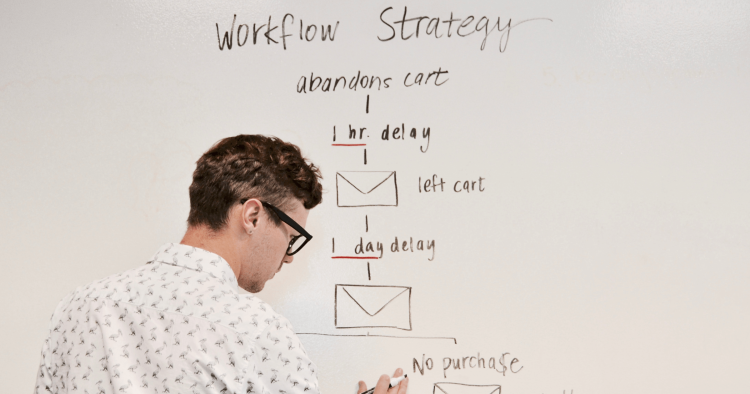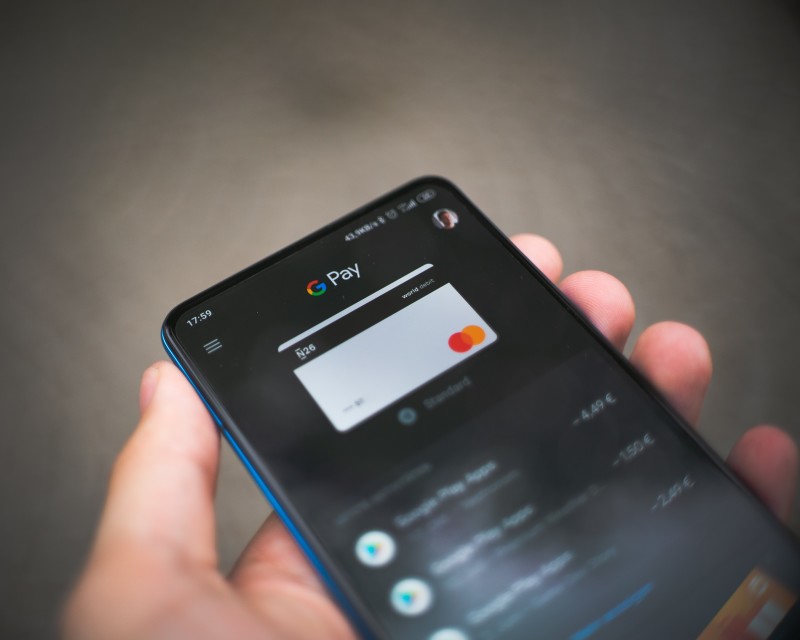
An online marketplace is a special place for eCommerce.
Instead of selling your company’s products to your buyers, you are providing a market for sellers and buyers to come together.

This can be an amazing business as you don’t need to invest in any stock and can scale your business easily.
But as a product manager, you deal with two totally different customer groups - your sellers and your buyers.

There are many eCommerce marketplaces out there, from the giants Amazon and eBay to niche markets of collectibles or personalized gifts.
They originated from the newspaper classifieds model that has gone online (e.g., craigslist or gumtree), but there is a major difference.
On a classifieds site, your platform only provides a way for sellers and buyers to contact each other, and the transaction takes place elsewhere.
On a marketplace, the buying transaction happens on your platform.
This gives you more control but also greater responsibility, as we shall see.
As the marketplace model is becoming more and more popular, it is worth looking at the specific challenges for Product Management in this type of environment.
Seller versus buyer needs
Accommodating the needs of both buyers and sellers on a marketplace can be a difficult balance.
Your actual paying customers are the sellers, as they pay you a commission on every sale. What they are looking for is low fees, an easy process to manage listings, and lots of hassle-free sales.

As sellers pay your bills, it is tempting to listen to sellers the most.
Yet what makes sellers come to your marketplace is the buyer audience that you can provide for them.
Sellers go where buyers are as long as it is profitable for them.
Therefore it is important to equally focus on attracting buyers. Buyers want a good choice of products, but most of all, they want to be sure that the products are genuine and that they will get what they pay for.
This leads us to the issue of trust.
Building trust
In a marketplace, trust is a big concern. You don’t know the sellers and their products personally, but you present them on your site. Buyers need to believe that they are going to get what they pay for.

It goes without saying that you need to vet your sellers thoroughly as fraud is rife on the internet.
However, that doesn’t necessarily mean that buyers will naturally trust you. As your buyers buy from an anonymous person (or business) on the internet, they look to you as the marketplace owner to have their back if something goes wrong.
It is therefore important that you show that your sellers are vetted and trustworthy, for example, through reviews by other customers.
But it is equally important to provide an easy and hassle-free recourse for buyers. For example, they will expect a return and money-back process in line with standard eCommerce practices from you (not the seller).
As a side note: the internet has evolved a lot regarding where responsibility for content lies.
In the early days, a tech company could get away with claiming to be “just a platform” and take no responsibility for any content or users on it.
Those days are gone.
Internet companies are now held accountable for what happens on their platforms. The same goes for eCommerce marketplaces.
One way to instill trust is through brand identity.

You need to decide how prominent you want your own brand to be versus letting sellers setting up shop within your marketplace with their own branding.
There is a careful balance to strike:
If you are a well-known and trusted brand (the best example of this is Amazon), then your own brand identity may be more important than the sellers’. On Amazon, the marketplace sellers’ identity is not obvious. Many Amazon buyers believe that they are buying a product from Amazon when buying from a marketplace seller. When it comes to returns, Amazon steps in and handles returns and money back. Buyers are reassured that Amazon protects them.
If you are a less well-known brand, you may want to allow your sellers to shine more and establish their own credibility. A good example of this is Etsy, where each seller has their own branded shop. The trust is established through the personal touch of the sellers’ shops. Nevertheless, it is still important that buyers can come to you if they are having any trouble.
The conversion funnel on a marketplace
A lot of the standard eCommerce conversion funnel considerations also apply to marketplaces. But there are some extra challenges because you don’t own the products on the site.
Listing products
Most sellers use multiple channels for selling their products and don’t want to spend any time preparing items for each channel. The easier you can make it for them to list their items on your platform and record sales, the more products you will attract.
Ideally, you should support a listing tool that lets sellers connect with their own inventory management system.
Finding products
On a standard eCommerce site, you have an inventory management system that holds all your product descriptions and categorizations. On a marketplace, that data is provided by each seller.
The better structured the product data is, the easier it is for buyers to find what they are looking for.
This structure can range from allowing your sellers to sell only pre-defined catalog products to complete free-text descriptions.
You have to weigh up giving sellers full freedom versus making it easier for buyers to find the right product. A good compromise may be to require that sellers specify some item attributes and category and also input a free text description.
Payments
A seamless payment system is a must. It has to facilitate payments between diverse buyers and sellers. This means offering different methods of buyers paying and sellers receiving the money.

At the minimum, it should support all common credit and debit cards, PayPal, and bank payments into the sellers’ accounts.
If you are planning to go global, choose a global payment player from the start as payment systems are very different.
If your marketplace is in a high-risk and/or high-value category, you may want to consider an escrow service. This means that the money is held in an account and only released to the seller once the buyer has indicated that they are happy with the product.
After Sales
After a sale is where you can do a lot of the trust-building. Buyers have already trusted you by buying a product from an anonymous third party.
Now you need to make sure that they have a brilliant experience until they have received the product and are happy with it.
At the minimum, a clear communication process between buyer and seller on your platform allows visibility and accountability for both sides.

And to close the loop, a review or feedback process is essential. However, consumers also know that reviews can be faked. Your reviews must be seen to be genuine, e.g., by allowing only actual buyers to review a seller or a product.
Reviews provide a lot of reassurance for consumers when they are credible.
Conclusion
As a marketplace Product Manager, you have all the same challenges as a normal eCommerce Product Manager. But in addition, you are dealing with two customer groups who have very different needs - your sellers and your buyers.
Establishing credibility and trust with buyers is equally important as attracting great sellers and products.
If you can get the balance right, you have a virtuous circle of a growing number of buyers, which attracts more sellers with their products, bringing in more buyers.
The balance between buyer and seller needs can be tricky to strike. airfocus can help you by providing clarity around your roadmap prioritization.

Kerstin Exner

Read also

Experience the new way of doing product management

Experience the new way of doing product management





